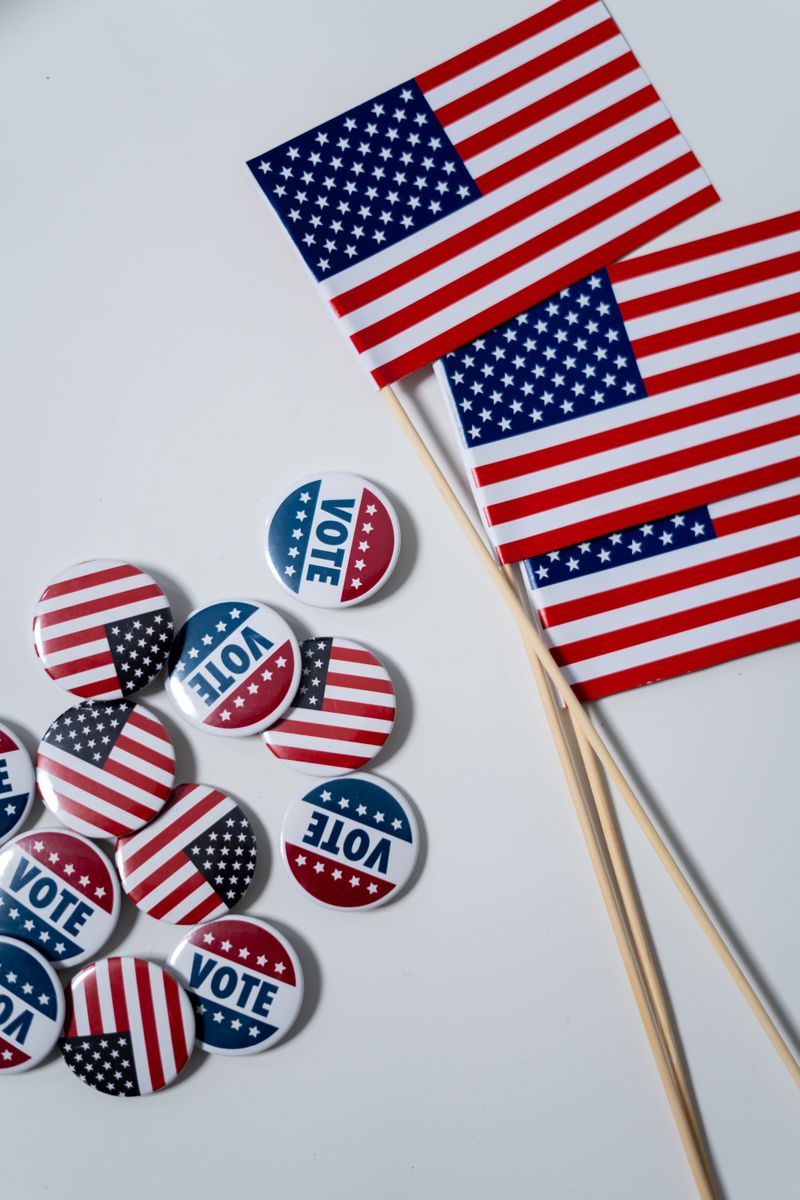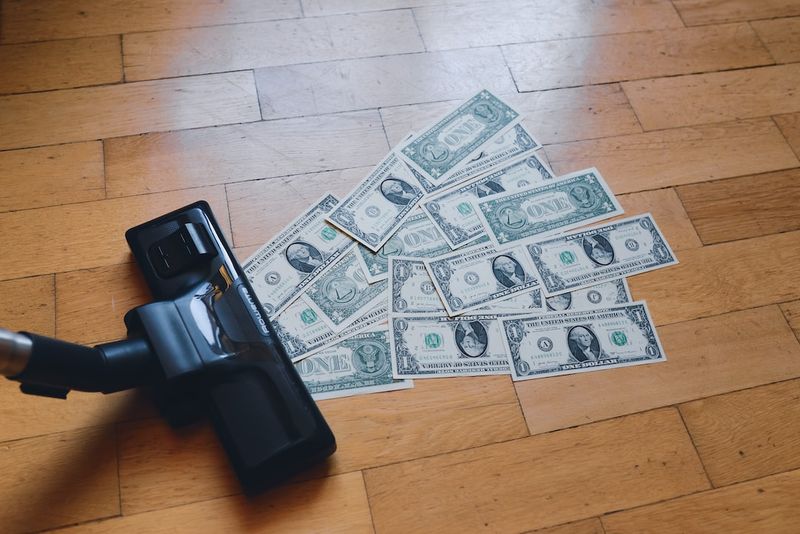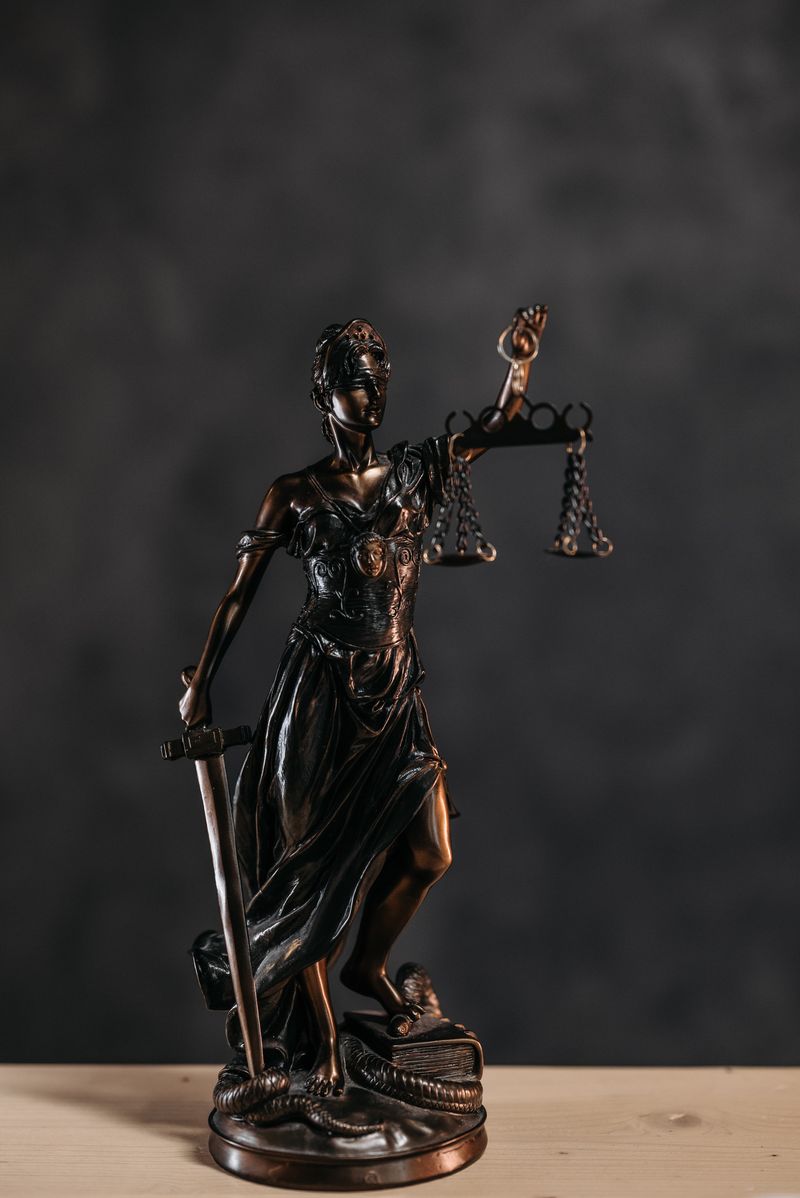Biden‘s Plan to Forgive Student Loans Faces Challenges and Concerns
Introduction
President Joe Biden‘s plan to use executive action to forgive government student loans has been met with both anticipation and controversy. The plan aims to alleviate the overwhelming burden of $1.8 trillion in federal education debt that has tripled in the last 15 years. However, the plan faces legal challenges before the Supreme Court, and the pause on student debt payments, implemented during the pandemic, is set to expire. As a result, millions of Americans are expected to fall behind on their debt, with many struggling to keep up with expenses once the pause ends.
Biden‘s Plan
Biden‘s relief package targets borrowers with annual incomes of less than $125,000 for individuals or $250,000 for households. Most borrowers would receive up to $10,000 in debt relief, while those who received Pell grants, federal awards for financially needy undergraduates, could receive up to $20,000. The White House estimates that as many as 43 million borrowers are eligible for the plan, with almost half of them having their remaining balances canceled. The plan is expected to wipe out more than $400 billion in debt, according to the New York Federal Reserve. However, the application process has been paused pending the resolution of legal challenges against the plan.
Exclusions
While Biden‘s plan offers relief to a significant number of borrowers, not everyone will benefit. Education Department data shows that 15.1 million borrowers owe $10,000 or less, while 27.4 million borrowers have debt ranging from $10,000 to $100,000. Only 3.4 million borrowers owe more than $100,000, with about 1 million having debt exceeding $200,000, likely including many graduate students. The plan also extends to Parent PLUS loans taken by parents to support their children’s undergraduate studies. Overall, 3.7 million parents carry $108.5 billion of their children’s student debt. Private loans are not eligible for the forgiveness program.
Other Actions by Biden
In addition to the debt relief plan, Biden directed the Education Department to extend a freeze on federal student loan payments with a 0% interest rate. This freeze, which does not apply to private loans, was first implemented as part of the pandemic relief effort and has been extended by Biden. However, the Education Department has announced that payments will resume by the end of August or 60 days after the resolution of the litigation. Biden‘s administration has also forgiven targeted amounts of student debt, including $5.8 billion for students defrauded by Corinthian Colleges Inc., a for-profit college chain.
Arguments in Favor of the Plan
Proponents of the debt-canceling plan argue that it would provide much-needed support for struggling borrowers and prevent them from defaulting, which can have long-term effects on their credit. They also highlight the issue of generational fairness, stating that no previous cohort has entered adulthood burdened with such a significant debt. Racial equity is another aspect of the plan, with data suggesting that canceling $10,000 in debt for all borrowers would greatly reduce the Black-White gap in student debt and benefit 2 million Black borrowers. It is worth noting that Black borrowers are twice as likely to have received Pell Grants compared to White borrowers.
The Court Case
Six Republican-led states are challenging Biden‘s plan, arguing that it exceeds the president’s authority. A federal trial judge has blocked the program, and the Supreme Court has agreed to hear the administration’s appeal on an expedited basis. The court has also included arguments from two borrowers who claim they are being unfairly excluded from the full benefits of the program. Some legal experts have expressed skepticism about the plan‘s chances of success. The administration is relying on the 2003 Heroes Act to argue for the legal authority to cancel debt due to the pandemic’s financial hardship. The court’s conservative majority has previously blocked measures based on pandemic emergencies and has limited agency authority not explicitly authorized by Congress. During oral arguments, the conservative majority expressed doubt about the plan‘s validity.
Criticisms and Concerns
Critics of the plan argue that it would be unfair to those who have already repaid their student loans or worked their way through college to avoid debt. Some progressive activists, like Senator Elizabeth Warren, have called for forgiving up to $50,000 in loans, while others advocate for targeted relief for specific groups, such as borrowers who did not complete their degrees. Some student loan advocates emphasize the importance of making forgiveness automatic or reducing bureaucratic hurdles to help struggling borrowers. Additionally, critics note that forgiving debt does not address the underlying issue of the rising cost of higher education.
Conclusion
President Biden‘s plan to forgive government student loans has significant implications for millions of borrowers and the overall economy. The legal challenges it faces in the Supreme Court and the pending expiration of the student debt payment pause create uncertainty for borrowers. While the plan offers relief to many, concerns about fairness, the need for targeted relief, and the underlying problem of rising education costs persist. Regardless of the court’s ruling, it is crucial to address the systemic issues that contribute to the student debt crisis and find comprehensive solutions that ensure access to affordable education for all Americans.

<< photo by cottonbro studio >>
The image is for illustrative purposes only and does not depict the actual situation.
You might want to read !
- The Impact of Biden’s Student Debt Plan: A Deep Dive into the Proposal
- “Will the Supreme Court Deliver Student Debt Relief? Exploring the Implications”
- The Future of Student Loan Forgiveness: Examining the Implications of the Supreme Court Ruling
- Supreme Court Limits State Legislature Authority: A Case of Federalism in Flux
- The Evolution of Hollywood’s Rising Stars: David Corenswet and Rachel Brosnahan
- The Jon Hamm and Anna Konkle Double Feature: A Hollywood Marriage Made in TV Heaven
- The Future Stars: Ranking the Top-32 Hockey Prospects for the 2023 NHL Draft
- Chicago’s Battle for Clean Air: Tackling World’s Worst Air Quality | Crain’s Chicago Business
- The Grimace Shake: A Flicker of Hope for Humanity
- A Deep Dive into the Upcoming 2023 NHL Draft
- Supreme Court Decision on Student Loan Debt Relief: Shaping the Future of Borrowers




